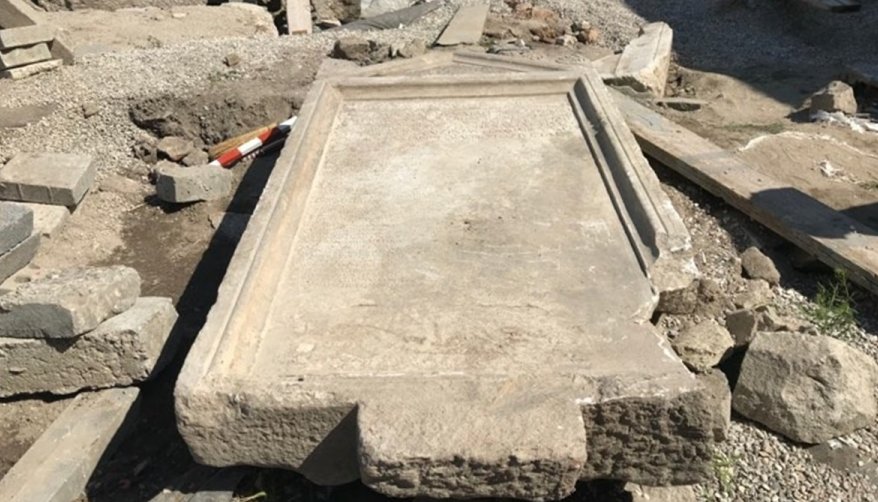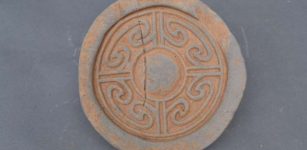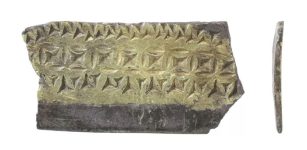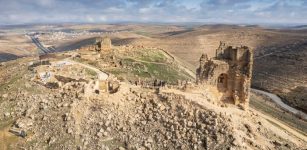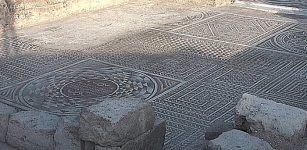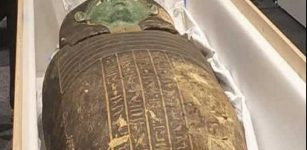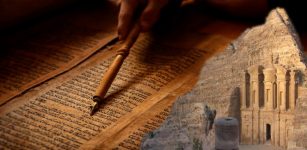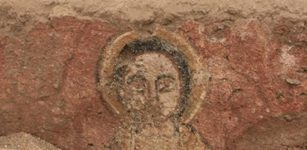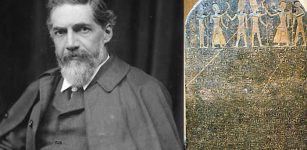Third-Century Inscription Related To Dionysus Cult – Discovered
Conny Waters - AncientPages.com - The Sofia Globe reports that archaeologists working at the Episcopal Basilica site in Bulgaria’s second city Plovdiv have found a large stone slab, inscribed in ancient Greek with the names of 44 members of the Dionysus religious society.
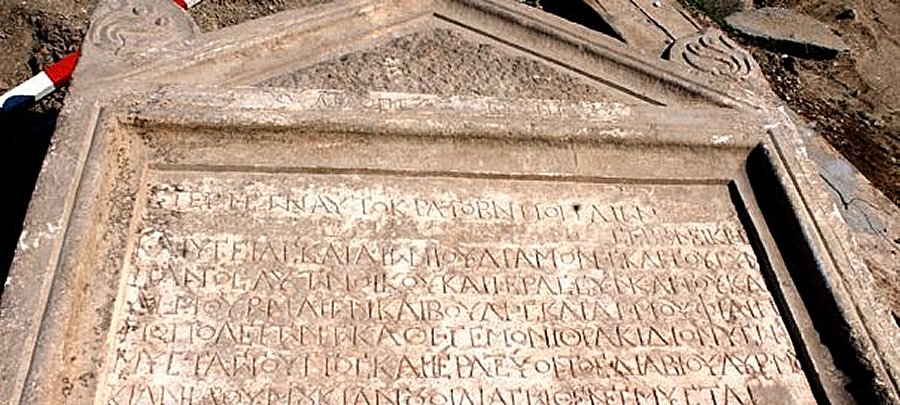 The 3rd century inscription, in Ancient Greek with the names of 44 members of the Dionysus religious society. Image credit: The Sofia Globe
The 3rd century inscription, in Ancient Greek with the names of 44 members of the Dionysus religious society. Image credit: The Sofia Globe
The inscription that is dated to the 3rd century, has been found on a slab that was reused in the floor of a fifth-century Christian basilica at the site of Philippopolis.
The inscription is in honor of the god Dionysus, referred to as the leader of the Thracians, while the members of the mystical grouping also dedicated it to the emperors Varelian and Gallien.
The inscription reads:
“For the victory, the health and the eternal existence of the emperors, Publius, Licinius Valerian and Gallien Augustin and for their whole house, for the holy senate and Roman people, and for the council and people’s assembly of Philippopolis – the Thracian leader Dionysus dedicated the surviving mysteries, while the leader of the mysteries and eternal priest was Aurelius Mukianid, son of Mukian”.
This is followed by a list of all 44 members of the mystical society, several with the positions they occupy.
“What is interesting is that the positions of members in the organisation are also listed, and they are very diverse. There are several heads of mysteries, different kinds of priests, people who have an obligation to wear specific sacred objects. We see a very complex structure of this association that we do not have in other inscriptions. This is yet to be studied,” epigraphist Professor Nikolai Sharankov said.
For example, the list of names includes two with the title used for the one who carried the emperor’s image. That there are two names perhaps is because of the two emperors.
A slab with the 3rd century inscription, in Ancient Greek with the names of 44 members of the Dionysus religious society. Image credit: The Sofia Globe
“From this epoch, after the Gothic invasion, we have almost no inscriptions. So far, we had two inscriptions from Philippopolis from the second half of the third century. This is the third, largest and most meaningful, with the most information,” Sharankov said.
Those who were members of the association may have been immigrants from Asia Minor, where such cult practices were common at the time.
Their names were proof that they had survived the Goth invasion, in which almost the entire city’s population was killed or captured.
The inscription thanks Dionysus for their rescue, they erected the monument and asked the god to take care of the new emperors, mindful of the Gothic threat and the continuing instability in the empire at the time.
Written by Conny Waters - AncientPages.com Staff Writer

